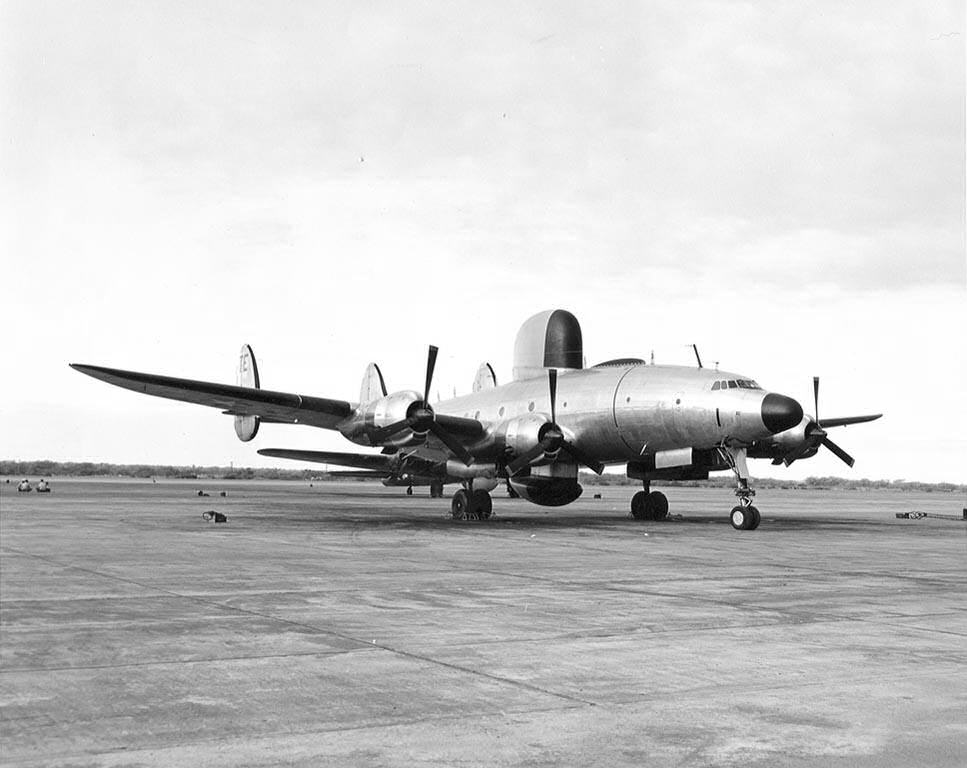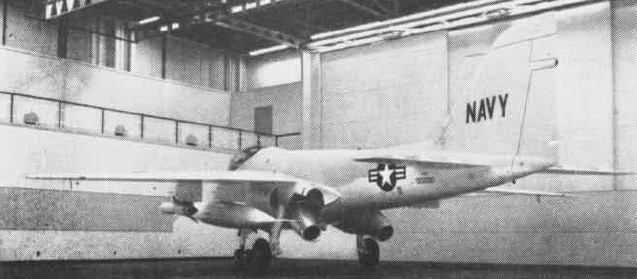|
VT-86
Training Squadron EIGHT SIX (VT-86), also known as the "Sabrehawks," is a United States Navy advanced jet training squadron based at the Naval Air Station Pensacola, Florida. Training Squadron 86 is a tenant command of Training Air Wing 6. They are a training squadron flying the T-45C Goshawk. Their tailcode is F and their radio callsign is ROKT. History Training Squadron 86 is known by several names: TRARON EIGHT SIX, VT-86, or the ''Sabrehawks'', a name derived from its history of flying the T-39D/G/N Sabreliner and the TA-4J Skyhawk II. The squadron was established on 5 June 1972, under the operational control of Commander, Training Air Wing EIGHT (TRAWING 8) at Naval Air Station Glynco, Georgia. The mission of the new squadron was to conduct advanced Naval Flight Officer (NFO) training for the U.S. Navy and U.S. Marine Corps, which had previously been overseen by Naval Air Technical Training Center (NATTC) Glynco. The training was in four areas: Radar Intercept Officer, ... [...More Info...] [...Related Items...] OR: [Wikipedia] [Google] [Baidu] |
EC-121 Warning Star
The Lockheed EC-121 Warning Star was an American airborne early warning and control radar surveillance aircraft operational in the 1950s in both the United States Navy (USN) and United States Air Force (USAF). The military version of the Lockheed L-1049 Super Constellation was used to serve as an airborne early warning system to supplement the Distant Early Warning Line, using two large radomes (a vertical dome above and a horizontal one below the fuselage). It replaced the TBM-3W used by the USN. Some EC-121s were also used for signal intelligence gathering. The EC-121 was introduced in 1954 and phased out in 1978, although a single specially modified EW aircraft remained in USN service until 1982. The USN versions when initially procured were designated WV-1 (PO-1W), WV-2, and WV-3. The USAF Warning Stars served during the Vietnam War both as electronic sensor monitors and as a forerunner to the Boeing E-3 Sentry AWACS. USAF aircrews adopted its civil nickname, "Connie" (d ... [...More Info...] [...Related Items...] OR: [Wikipedia] [Google] [Baidu] |
Naval Air Station Glynco
Naval Air Station Glynco, Georgia, was an operational naval air station from 1942 to 1974 with an FAA airfield identifier of NEA and an ICAO identifier of KNEA. Now known as Brunswick Golden Isles Airport (IATA: BQK, ICAO: KBQK), it was previously known as Glynco Jetport following NAS Glynco's closure. It is a public airport located 5 miles (8 km) north of the city of Brunswick, in Glynn County, Georgia, USA. The airport has a single runway and is mostly used for general aviation, but it is also served by one commercial airline. History World War II In August 1942, the United States Navy began building the air station on in the northern part of the county. Named NAS Glynco as an abbreviation of Glynn County, Georgia, it was initially constructed as an operational base for lighter-than-air airships, more commonly known as blimps. In 14 months, workers at the new air station built two enormous wooden hangars, measuring long, wide and tall, to house an eight-ship fleet a ... [...More Info...] [...Related Items...] OR: [Wikipedia] [Google] [Baidu] |
Naval Flight Officer
A naval flight officer (NFO) is a commissioned officer in the United States Navy or United States Marine Corps who specializes in airborne weapons and sensor systems. NFOs are not pilots (naval aviators), but they may perform many "co-pilot" or "mission specialist" functions, depending on the type of aircraft. Until 1966, their duties were performed by both commissioned officer and senior enlisted naval aviation observers (NAO). In 1966, enlisted personnel were removed from naval aviation observer duties but continued to serve in enlisted aircrew roles, while NAO officers received the newly established NFO designation, and the NFO insignia was introduced. NFOs in the US Navy begin their careers as unrestricted line officers (URL), eligible for command at sea and ashore in the various naval aviation aircraft type/model/series (T/M/S) communities and, at a senior level, in command of carrier air wings and aircraft carriers afloat and functional air wings, naval air stations and ot ... [...More Info...] [...Related Items...] OR: [Wikipedia] [Google] [Baidu] |
North American Sabreliner
The North American Sabreliner, later sold as the Rockwell Sabreliner, is an American mid-sized business jet developed by North American Aviation. It was offered to the United States Air Force (USAF) in response to its Utility Trainer Experimental (UTX) program. It was named "Sabreliner" due to the similarity of the wing and tail to North American's F-86 Sabre jet fighter. Military variants, designated T-39 Sabreliner, were used by the USAF, United States Navy (USN), and United States Marine Corps (USMC) after the USAF placed an initial order in 1959.North American T-39A Sabreliner ". |
T-39
The North American Sabreliner, later sold as the Rockwell Sabreliner, is an American mid-sized business jet developed by North American Aviation. It was offered to the United States Air Force (USAF) in response to its Utility Trainer Experimental (UTX) program. It was named "Sabreliner" due to the similarity of the wing and tail to North American's North American F-86 Sabre, F-86 Sabre jet fighter. Military variants, designated T-39 Sabreliner, were used by the USAF, United States Navy (USN), and United States Marine Corps (USMC) after the USAF placed an initial order in 1959 in aviation, 1959.North American T-39A Sabreliner ". National Museum of the United States Air Force. The Sabreliner was also developed into a commerci ... [...More Info...] [...Related Items...] OR: [Wikipedia] [Google] [Baidu] |
Sabreliner
The North American Sabreliner, later sold as the Rockwell Sabreliner, is an American mid-sized business jet developed by North American Aviation. It was offered to the United States Air Force (USAF) in response to its Utility Trainer Experimental (UTX) program. It was named "Sabreliner" due to the similarity of the wing and tail to North American's F-86 Sabre jet fighter. Military variants, designated T-39 Sabreliner, were used by the USAF, United States Navy (USN), and United States Marine Corps (USMC) after the USAF placed an initial order in 1959.North American T-39A Sabreliner ". |
Weapon Systems Officer
A Weapon Systems Officer (WSO), nicknamed "Wizzo", is an air flight officer directly involved in all air operations and weapon systems of a military aircraft. Historically, aircrew duties in military aircraft were highly specialised and rigid, because the relevant controls, instruments/displays, and/or weapons were concentrated in front of particular seats, panels or positions. That included two-seat variants of fighter or attack/strike aircraft (including late 20th century types such as the F-4 Phantom II, A-6 Intruder, F-111 Aardvark, F-14 Tomcat, Panavia Tornado, Su-24 Fencer and Su-30MK Flanker-C, Dassault Mirage 2000N/2000D). From the 1970s onward an aircraft with two-member crews, such as the F-15E Strike Eagle, F/A-18F Super Hornet or Su-34 Fullback and Dassault Rafale B have often featured programmable multi-function displays. These programs allow roles to be more flexible than previous generation aircraft. Multiple crew members can be responsible for detecting, t ... [...More Info...] [...Related Items...] OR: [Wikipedia] [Google] [Baidu] |
Naval Air Station Pensacola
Naval Air Station Pensacola or NAS Pensacola (formerly NAS/KNAS until changed circa 1970 to allow Nassau International Airport, now Lynden Pindling International Airport, to have IATA code NAS), "The Cradle of Naval Aviation", is a United States Navy base located next to Warrington, Florida, a community southwest of the Pensacola city limits. It is best known as the initial primary training base for all U.S. Navy, Marine Corps and Coast Guard officers pursuing designation as naval aviators and naval flight officers, the advanced training base for most naval flight officers, and as the home base for the United States Navy Flight Demonstration Squadron, the precision-flying team known as the Blue Angels. Because of contamination by heavy metals and other hazardous materials during its history, it is designated as a Superfund site needing environmental cleanup. The air station also hosts the Naval Education and Training Command (NETC) and the Naval Aerospace Medical Institute (NAM ... [...More Info...] [...Related Items...] OR: [Wikipedia] [Google] [Baidu] |
RA-5C Vigilante
The North American A-5 Vigilante was an American carrier-based supersonic bomber designed and built by North American Aviation (NAA) for the United States Navy. Prior to 1962 unification of Navy and Air Force designations, it was designated the A3J Vigilante.Wagner 1982, p. 361. Development of the A-5 had started in 1954 as a private venture by NAA, who sought to produce a capable supersonic long distance bomber as a successor to the abortive North American XA2J Super Savage. It was a large and complex aircraft that incorporated several innovative features, such as being the first bomber to feature a digital computer, while its ability to attain speeds of up to Mach 2 while carrying a nuclear strike payload was also relatively ambitious for the era. The US Navy saw the value of such a bomber, leading to a contract for its full development and production being issued to the firm on 29 August 1956. The type performed its first flight just over two years later, on 31 August 1958 ... [...More Info...] [...Related Items...] OR: [Wikipedia] [Google] [Baidu] |
F-14 Tomcat
The Grumman F-14 Tomcat is an American carrier-capable supersonic aircraft, supersonic, twinjet, twin-engine, two-seat, twin-tail, variable-sweep wing fighter aircraft. The Tomcat was developed for the United States Navy's Naval Fighter Experimental (VFX) program after the collapse of the General Dynamics–Grumman F-111B, General Dynamics-Grumman F-111B project. The F-14 was the first of the American Teen Series fighters, which were designed incorporating aerial warfare, air combat experience against Mikoyan, MiG fighters during the Vietnam War. The F-14 first flew on 21 December 1970 and made its first deployment in 1974 with the U.S. Navy aboard , replacing the McDonnell Douglas F-4 Phantom II. The F-14 served as the U.S. Navy's primary maritime air superiority fighter, fleet defense interceptor aircraft, interceptor, and tactical aerial reconnaissance platform into the 2000s. The Low Altitude Navigation and Targeting Infrared for Night (LANTIRN) pod system was added in the ... [...More Info...] [...Related Items...] OR: [Wikipedia] [Google] [Baidu] |
F-4 Phantom II
The McDonnell Douglas F-4 Phantom II is an American tandem two-seat, twin-engine, all-weather, long-range supersonic jet interceptor and fighter-bomber originally developed by McDonnell Aircraft for the United States Navy.Swanborough and Bowers 1976, p. 301. Proving highly adaptable, it entered service with the Navy in 1961 before it was adopted by the United States Marine Corps and the United States Air Force, and by the mid-1960s it had become a major part of their air arms. Phantom production ran from 1958 to 1981 with a total of 5,195 aircraft built, making it the most produced American supersonic military aircraft in history, and cementing its position as an iconic combat aircraft of the Cold War."F-4 Phantoms Phabulous 40th" Boeing. Retrieved : 27 November 2012. [...More Info...] [...Related Items...] OR: [Wikipedia] [Google] [Baidu] |
A-6 Intruder
The Grumman A-6 Intruder is an American twinjet all-weather attack aircraft developed and manufactured by American aircraft company Grumman Aerospace and operated by the U.S. Navy and U.S. Marine Corps. It was designed in response to a 1957 requirement issued by the Bureau of Aeronautics for an all-weather attack aircraft for Navy long-range interdiction missions and with short takeoff and landing (STOL) capability for Marine close air support. It was to replace the piston-engined Douglas A-1 Skyraider. The requirement allowed one or two engines, either turbojet or turboprop. The winning proposal from Grumman used two Pratt & Whitney J52 turbojet engines. The Intruder was the first Navy aircraft with an integrated airframe and weapons system. Operated by a crew of two in a side-by-side seating configuration, the workload was divided between the pilot and weapons officer (bombardier/navigator (BN)). In addition to conventional munitions, it could also carry nuclear weapons, ... [...More Info...] [...Related Items...] OR: [Wikipedia] [Google] [Baidu] |





.jpg)


%2C_in_July_1960.jpg)


